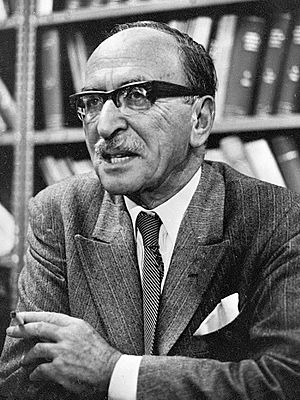Gabor Medal facts for kids
The Gabor Medal is a special award given by the Royal Society. It celebrates amazing work that combines different science fields, especially life sciences (like biology) with other areas.
This medal started in 1989. It's named after a famous physicist called Dennis Gabor. At first, it was given for great work in genetic engineering and molecular biology. But now, it's for scientists who connect different science areas. The medal is made of silver. It comes with a £2000 prize (since 2017). It's for scientists who are still quite early in their careers. Since 2017, it has been awarded every year. Scientists from the United Kingdom, Commonwealth of Nations, or the Republic of Ireland can receive it if they have lived there for more than three years.
The first Gabor Medal was given in 1989 to Noreen Murray. She was recognized for her important work in genetic engineering. As of early 2022, the most recent winner was Peter Donnelly.
Who Has Won the Gabor Medal?
| Year | Portrait | Name | What They Did | Ref. |
|---|---|---|---|---|
| 1989 | 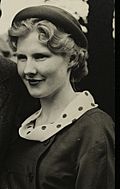 |
Noreen Murray | For her important work in genetic engineering, especially developing a system to help put new genes into bacteria. | |
| 1991 | 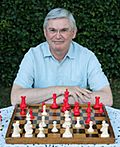 |
Alan Fersht | For his new ways of using protein engineering to study how proteins are built and how enzymes work. | |
| 1993 | 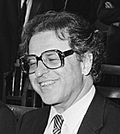 |
Charles Weissmann | For his many contributions to molecular biology, including his work on viruses and cloning alpha-interferon genes. | |
| 1995 | — | David Hopwood | For leading the field of genetics in Streptomyces bacteria and understanding how they make important natural products. | |
| 1997 | — | Kenneth Holmes | For his achievements in molecular biology, especially his work on biological structures and using synchrotron radiation for X-ray experiments. | |
| 1999 |  |
Adrian Peter Bird | For his important work on how genes are controlled in mammals and his research into DNA methylation. | |
| 2001 | — | Azim Surani | For discovering genomic imprinting in mammals, which shows how some genes are expressed differently depending on which parent they came from. | |
| 2003 | — | Jean Beggs | For her contributions to working with recombinant DNA in living organisms, which added a new way to study biology. | |
| 2005 | — | Lionel Crawford | For his work on small DNA tumour viruses, especially the papilloma, polyoma, and SV40 viruses. | |
| 2007 |  |
Richard J. Roberts | For his internationally recognized work on discovering RNA splicing and his studies on enzymes that cut and modify DNA. | |
| 2009 | — | Gregory Challis | For his work using genomics of Streptomyces coelicolor to find new natural products and enzymes. | |
| 2010 | 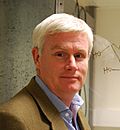 |
Gideon Davies | For his work on the 3D structures of enzymes, which has changed the field of glycobiochemistry. | |
| 2011 | 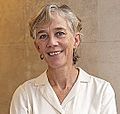 |
Angela McLean | For her important work using mathematics to understand how immunity works in populations. | |
| 2013 | 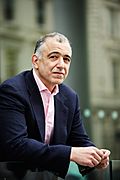 |
Christofer Toumazou | For successfully using semiconductor technology in medical and life science areas, especially for DNA analysis. | |
| 2015 | — | Benjamin Simons | For his work analyzing stem cells in development, how tissues stay healthy, and in cancer. | |
| 2017 | 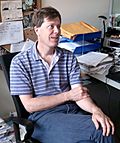 |
Richard M. Durbin | For his great contributions to computational biology and its impact on many areas of life sciences. | |
| 2018 | — | Cait MacPhee | For her key work on understanding how proteins clump together, which helps us understand diseases like Alzheimer's and diabetes. | |
| 2019 | 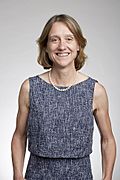 |
Alison Noble | For creating solutions to problems in medical image analysis and improving how useful information is taken from ultrasound scans. | |
| 2020 | — | David Ian Stuart | For his important work on understanding virus structure and how it helps design vaccines, and for connecting engineering with life sciences. | |
| 2021 | — | Peter Donnelly | For his pioneering work in human disease research using genomics, improving our understanding of how genes mix, and developing new statistical methods. | |
| 2022 | — | Graham Medley | For leading a team that used biology, medicine, math, and statistics to help understand the COVID-19 pandemic. | |
| 2023 | — | Catherine Noakes | For her important work on modeling the risk of infection and her leadership in this field through research and working with many different areas of science. |
See Also


